Design principles for Transmission Water and Wastewater Pipeline Systems
Design principles for Transmission Water and Wastewater Pipeline Systems
Credit to: https://www.watercare.co.nz/
Usually dispatched in 2 to 3 days
Usually dispatched in 2 to 3 days
Category:
Design Guidelines
Only logged in customers who have purchased this product may leave a review.
Related products
Design of Water Filter for Third World Countries
Abstract
The residents in third world countries battle against waterborne diseases every day. It is a luxury to have access to safe drinking water. However, it is extremely difficult to invest on a water filter with minimal annual income. A low cost water filter can serve as a subsidy such that every family can take advantage of this luxury. In this thesis, literature reviews on existing water filters have been completed and design of a dual level water filter with ceramic and activated carbon is developed. Water flow rate tests are carried out to optimize water filter design.
Further, the filter effectiveness in diminishing various contaminates is analyzed by a licensed sampling laboratory. A manufacturing line to produce the dual water filters is proposed and the cost of manufacturing a unit is calculated to be $1.53 USD, which is an affordable price for people in third world countries. With a low cost water filter available, residents in the third world countries could enjoy having safe drinking water and improve quality of life.
Design of Water Filter for Third World Countries
Abstract
The residents in third world countries battle against waterborne diseases every day. It is a luxury to have access to safe drinking water. However, it is extremely difficult to invest on a water filter with minimal annual income. A low cost water filter can serve as a subsidy such that every family can take advantage of this luxury. In this thesis, literature reviews on existing water filters have been completed and design of a dual level water filter with ceramic and activated carbon is developed. Water flow rate tests are carried out to optimize water filter design.
Further, the filter effectiveness in diminishing various contaminates is analyzed by a licensed sampling laboratory. A manufacturing line to produce the dual water filters is proposed and the cost of manufacturing a unit is calculated to be $1.53 USD, which is an affordable price for people in third world countries. With a low cost water filter available, residents in the third world countries could enjoy having safe drinking water and improve quality of life.
Design and Optimization of Ultrafiltration Membrane Setup for Wastewater Treatment and Reuse
With the advances in the membrane technology, there is an ongoing quest to determine the best optimal configuration for an adopted treatment as well as it’s polishing to achieve cumulative sustainability for the treatment process. Henceforth, this thesis report is an evaluation to devise a membrane filtration process for investigating the possibility of treating pre-sedimented municipal wastewater with ceramic ultrafiltration, optimizing the membrane as a pre-treatment for reverse osmosis as an overall strategy for recovering wastewater.
Design and Optimization of Ultrafiltration Membrane Setup for Wastewater Treatment and Reuse
With the advances in the membrane technology, there is an ongoing quest to determine the best optimal configuration for an adopted treatment as well as it’s polishing to achieve cumulative sustainability for the treatment process. Henceforth, this thesis report is an evaluation to devise a membrane filtration process for investigating the possibility of treating pre-sedimented municipal wastewater with ceramic ultrafiltration, optimizing the membrane as a pre-treatment for reverse osmosis as an overall strategy for recovering wastewater.
Guidelines for Drinking-Water Quality
The primary purpose of the Guidelines for drinking-water quality is the protection of public health. The Guidelines provide the recommendations of the World Health Organization (WHO) for managing the risk from hazards that may compromise the safety of drinking-water. The recommendations should be
considered in the context of managing the risk from other sources of exposureto these hazards, such as waste, air, food and consumer products.
Guidelines for Drinking-Water Quality
The primary purpose of the Guidelines for drinking-water quality is the protection of public health. The Guidelines provide the recommendations of the World Health Organization (WHO) for managing the risk from hazards that may compromise the safety of drinking-water. The recommendations should be
considered in the context of managing the risk from other sources of exposureto these hazards, such as waste, air, food and consumer products.
Design of Reverse Osmosis Process For The Purification Of River Water In The Southern Belt Of Bangladesh
Introduction
Abundance and quality water supply is essential for all living species. Sustainable agriculture and industrial production need steady supply of freshwater. In many parts of the today’s world, desalination plays a vital role for sustaining human habitation besides the existing conventional water treatment technologies. Membrane based RO process has become a popular method to supply the fresh water from seawater and brackish water in different regions. RO (Figure 1) is a pressure driven process which under pressure reverses the flow direction of the solvent (in the opposite direction of osmosis process). Substantial efforts have been made by researchers on freshwater production (Sassi, 2012) and wastewater treatment (Stoller et al., 2016) using the RO. Rapid growth of membrane desalination processes enhanced the removal of ionic contaminants (Sassi and Mujtaba, 2013), pharmaceutical active compounds (Gur-Reznik et al., 2011) and other types of effluents from chemical, petrochemical, electrochemical, food, paper and tanning industries. Demineralised water can be supplied to several industries by treating the saline water using the RO process. However, there are limited studies on the production of demineralised water. Demineralised water is completely free (or almost) of dissolved minerals (Kremser et al. 2006) which has total dissolved solids (TDS) as low as 1 mg/l. Kremser et al. (2006) described operating experience on demineralized water plant.
In this work, RO based desalination process is considered using three stages described by (Sassi, 2012) as shown in Figure 1. The plant nominal operating and design parameters (of commercial Film Tec spiral wound RO membrane elements) are taken from Abbas (2005). Firstly, the model prediction is validated against those reported by Sassi and Mujtaba (2010). Secondly, an optimization problem incorporating a process model is formulated to optimize the design and operating parameters in order to minimize specific energy consumption and the results are compared with Sassi (2012). Since those models (Sassi, 2012) are validated for freshwater production, the model parameters such as (water and salt permeability coefficients) needs to be updated for demineralised water. A structure of the RO network is developed based on RO network (two-stage seawater pass and two-stage brackish water pass). Different parameters are updated for the model from the literature.
Design of Reverse Osmosis Process For The Purification Of River Water In The Southern Belt Of Bangladesh
Introduction
Abundance and quality water supply is essential for all living species. Sustainable agriculture and industrial production need steady supply of freshwater. In many parts of the today’s world, desalination plays a vital role for sustaining human habitation besides the existing conventional water treatment technologies. Membrane based RO process has become a popular method to supply the fresh water from seawater and brackish water in different regions. RO (Figure 1) is a pressure driven process which under pressure reverses the flow direction of the solvent (in the opposite direction of osmosis process). Substantial efforts have been made by researchers on freshwater production (Sassi, 2012) and wastewater treatment (Stoller et al., 2016) using the RO. Rapid growth of membrane desalination processes enhanced the removal of ionic contaminants (Sassi and Mujtaba, 2013), pharmaceutical active compounds (Gur-Reznik et al., 2011) and other types of effluents from chemical, petrochemical, electrochemical, food, paper and tanning industries. Demineralised water can be supplied to several industries by treating the saline water using the RO process. However, there are limited studies on the production of demineralised water. Demineralised water is completely free (or almost) of dissolved minerals (Kremser et al. 2006) which has total dissolved solids (TDS) as low as 1 mg/l. Kremser et al. (2006) described operating experience on demineralized water plant.
In this work, RO based desalination process is considered using three stages described by (Sassi, 2012) as shown in Figure 1. The plant nominal operating and design parameters (of commercial Film Tec spiral wound RO membrane elements) are taken from Abbas (2005). Firstly, the model prediction is validated against those reported by Sassi and Mujtaba (2010). Secondly, an optimization problem incorporating a process model is formulated to optimize the design and operating parameters in order to minimize specific energy consumption and the results are compared with Sassi (2012). Since those models (Sassi, 2012) are validated for freshwater production, the model parameters such as (water and salt permeability coefficients) needs to be updated for demineralised water. A structure of the RO network is developed based on RO network (two-stage seawater pass and two-stage brackish water pass). Different parameters are updated for the model from the literature.
Design Characteristics For Evaporation Ponds In Wyoming
ABSTRACT:
Information for the design of evaporation ponds in Wyoming has been developed. The suitability of various models for estimating evaporation and its variability was investigated while the spatial and temporal variabilities of net evaporation at seven locations were described. A routing procedure was developed to analyze the effects of uncertainty in net evaporation estimates on the probability of pond failure. Comparison of equations which estimate evaporation using climatological data showed that the equations vary greatly in their ability to define the variability of evaporation. The Kohler-Nordenson-Fox equation provided monthly and annual evaporation estimates having statistics resembling those of
measured pan data closer than any of seven other equations tested. The equation requires temperature, radiation, wind, and humidity data as inputs. The Kohler-Nordenson-Fox equation using climatic data extrapolated from nearby stations provided better definition of the variability of evaporation than did equations requiring only on-site temperature data. However, results indicate that extreme care must be taken in selecting the stations from which data will be extrapolated. Monthly and annual means, standard deviations, and highest and lowest evaporation and net evaporation values have been calculated for seven Wyoming stations. The year-to-year and spatial variation of evaporation and/or net evaporation in Wyoming was shown to be great enough to cause serious problems in defining rates for evaporation pond designs. Several factors were shown to exist which might produce uncertainties in any estimate of evaporation. The routing procedure was applied to analyze the effects of these uncertainties and variations. Results indicate that the liquid depth of an evaporation pond depends greatly on evaporation rates and maintenance of minimum liquid depths without pond overflow is very difficult.
Design Characteristics For Evaporation Ponds In Wyoming
ABSTRACT:
Information for the design of evaporation ponds in Wyoming has been developed. The suitability of various models for estimating evaporation and its variability was investigated while the spatial and temporal variabilities of net evaporation at seven locations were described. A routing procedure was developed to analyze the effects of uncertainty in net evaporation estimates on the probability of pond failure. Comparison of equations which estimate evaporation using climatological data showed that the equations vary greatly in their ability to define the variability of evaporation. The Kohler-Nordenson-Fox equation provided monthly and annual evaporation estimates having statistics resembling those of
measured pan data closer than any of seven other equations tested. The equation requires temperature, radiation, wind, and humidity data as inputs. The Kohler-Nordenson-Fox equation using climatic data extrapolated from nearby stations provided better definition of the variability of evaporation than did equations requiring only on-site temperature data. However, results indicate that extreme care must be taken in selecting the stations from which data will be extrapolated. Monthly and annual means, standard deviations, and highest and lowest evaporation and net evaporation values have been calculated for seven Wyoming stations. The year-to-year and spatial variation of evaporation and/or net evaporation in Wyoming was shown to be great enough to cause serious problems in defining rates for evaporation pond designs. Several factors were shown to exist which might produce uncertainties in any estimate of evaporation. The routing procedure was applied to analyze the effects of these uncertainties and variations. Results indicate that the liquid depth of an evaporation pond depends greatly on evaporation rates and maintenance of minimum liquid depths without pond overflow is very difficult.




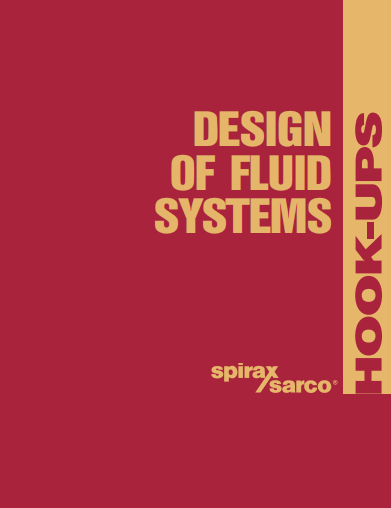
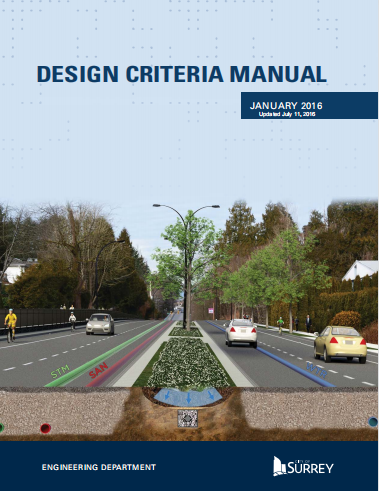
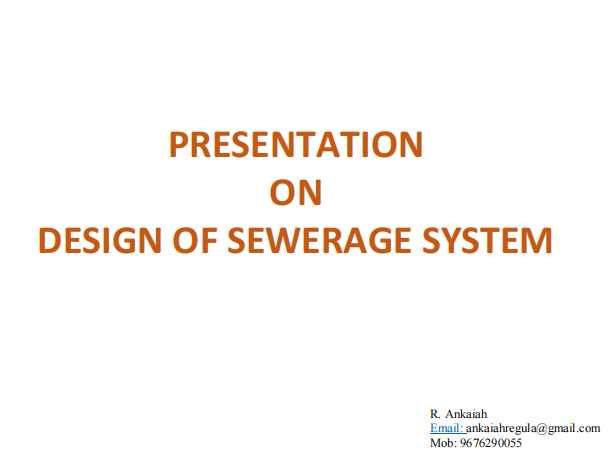


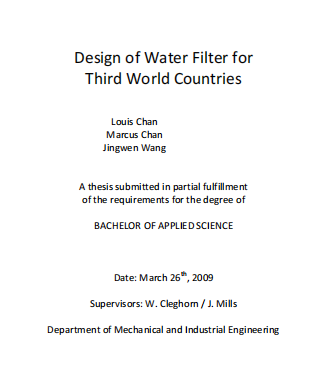
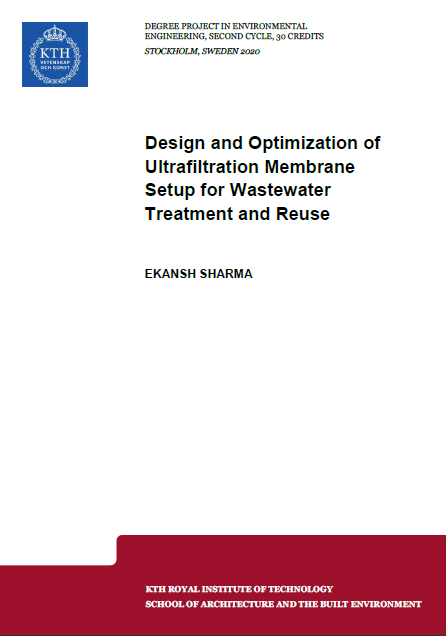


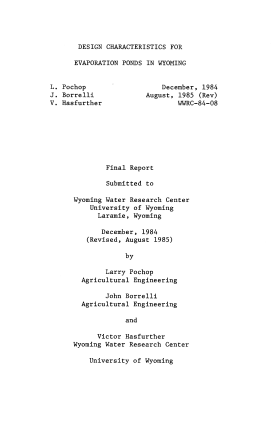
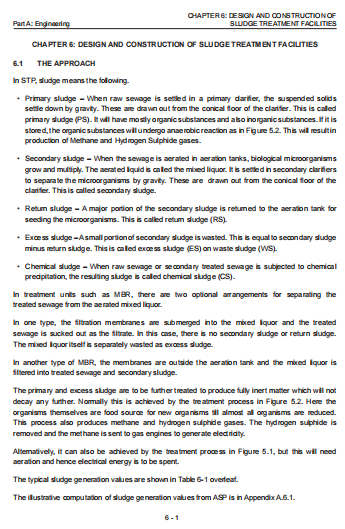
Reviews
There are no reviews yet.